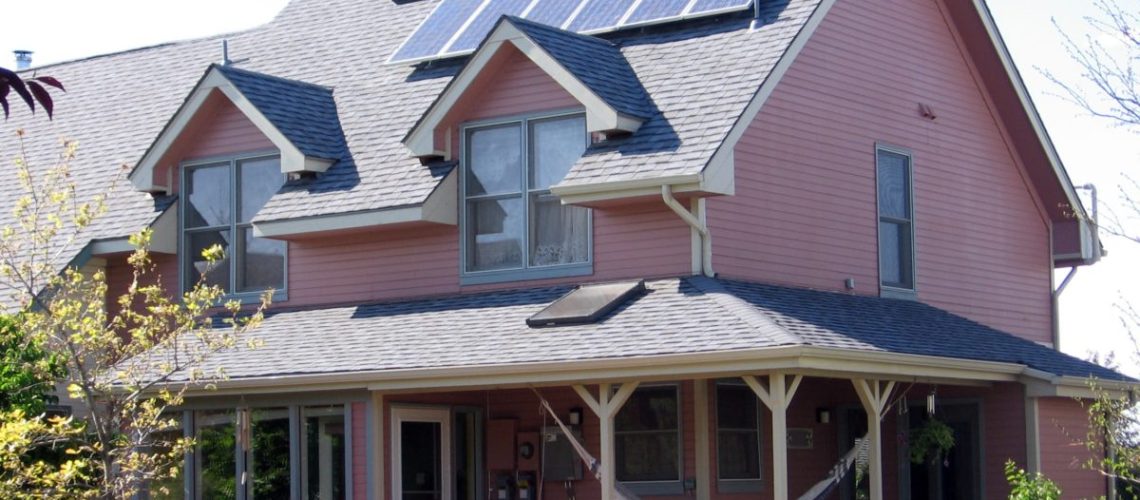In its recent quarterly earnings report, Sunlight Financial disclosed nearly $550 million in underwater residential solar loans, after which it executed a 20:1 reverse split to bolster their stock price, aiming to maintain it above $1/share to avert delisting.
Sunlight Financial released an 8-K on August 23, 2023, indicating it had performed a 10:1 and 25:1 reverse stock split on their Class A and Class C shares, respectively. The effective 20:1 reverse stock split became active on the trading day of August 23rd.
According to the New York Stock Exchange regulations, a company risks delisting if its shares trade below $1 for more than thirty days. If a stock goes below $1/share and is delisted, many prominent investors either won’t or cannot invest, which can drive negative business spirals. For several months, Sunlight Financial’s stock had been trading below the $1 mark and, following the announcement of $550 million in underwater solar loans, plummeted to just over $0.10/share.
In anticipation of the 20:1 reverse split, the share price started to bubble up, reaching nearly $2.80/share the day before. It subsequently dipped to approximately $2/share, mirroring the pre-split $0.10/share valuation.
Ken Braiser, a reader of pv magazine USA from StarkPoint Capital Advisors, comments:
Splits are of no economic consequence for a firm in this situation, they neither add nor subtract value. However, stock exchanges require minimum share prices to continue a listing. I expect that is why we saw this action.
Braiser clarified that neither he nor his firm have any stakes in Sunlight Financial.
As previously highlighted by Ohm Analytics, segments of the residential solar market are grappling with financial difficulties stemming from rising interest rates. The boom in residential solar growth over the prior several years was partially powered by federal interest rates near zero for an extended duration. This environment enabled companies like Sunlight to propose long-term deals to homeowners, providing both ownership and electricity savings with no upfront costs.
Furthermore, Sunlight’s financial product structure considered the cash flow necessities of smaller solar firms, ensuring they could manage their payroll even before the completion of solar projects.
These broad financial strains have caused some solar businesses to shutter, while others have ventured into new territories. Nationally, the sunset of California’s net metering 2.0 may act as the silver lining, preserving a positive growth rate for the year. However, except for a handful of specific residential markets, the country is on track for a decline in residential solar growth in 2023.





